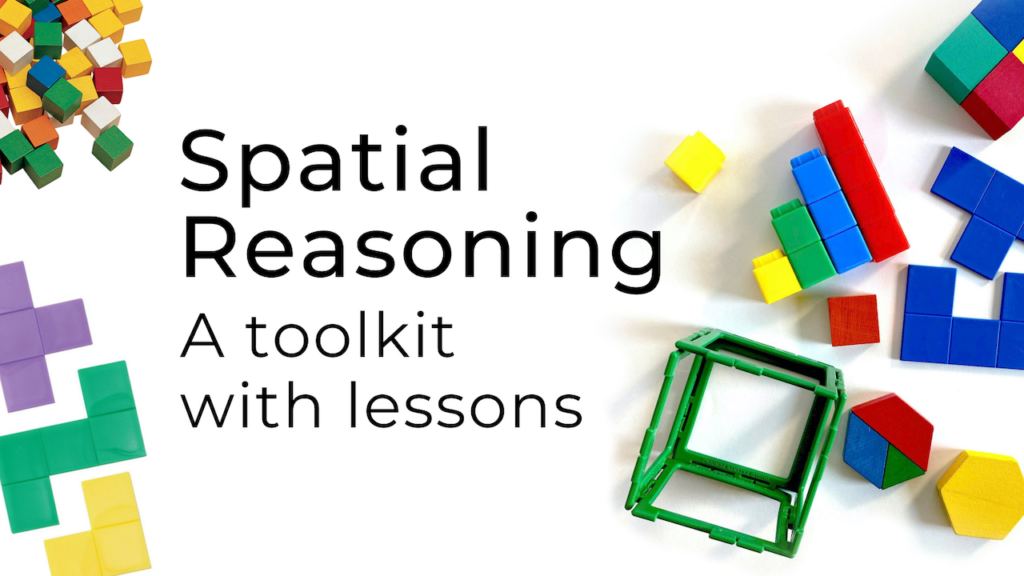Terrific Transformations
Primary/Junior (Age 6 – 12)
Curriculum Goal
Primary and Junior: Geometry and Spatial Sense
- Identify geometric properties of rectangles, including the number of right angles, parallel and perpendicular sides, and lines of symmetry
- Identify and construct congruent triangles, rectangles, and parallelograms
- Create lists of geometric properties of various types of quadrilaterals, including the properties of the diagonals, rotational symmetry, and line symmetry
- Identify angles and classify them as right, straight, acute, or obtuse
- Explain how protractors work, use them to measure and construct angles up to 180°, and use benchmark angles to estimate the size of other angles
Context
- Students should have prior knowledge of how to identify and construct quadrilaterals.
- Students should be familiar with geometric properties such as parallel and perpendicular sides, and lines of symmetry.
- Students should understand how to classify angles and recognize angles of equal size.
Materials
- “Transformer” staircase grid (Appendix A)
- Tally chart (Appendix B) and pencils to track points
- Either two six-sided dice, or one spinner with six sections
- One geoboard (per group)
- One elastic (per group)
Lesson
Introduction:
- Stretch the rubber band around four pegs near the center of the geoboard to make this parallelogram:
- The objective of this game is to modify the quadrilateral (as determined by the instructions on the staircase grid) by moving as few corners as possible!
Lesson:
- Make groups consisting of two to four students. Each group will require a geoboard and either two dice or a spinner. Paper and pencils can be distributed and used to keep track of points.
- Students take turns playing competitively or collectively. To begin, a student either rolls both dice or spins the spinner twice. Using the two numbers generated by this process, the student finds the appropriate square on the staircase grid and reads the attribute written on that square.
- The first roll determines the vertical location.
- The second roll determines the horizontal location.
- For example, if a player rolls a three then a two, they will locate the three on the vertical axis or row and the two on the horizontal axis or column to land on the “Exactly two pairs of parallel sides” square.
- The student modifies the quadrilateral to reflect the attribute or description displayed in the square their roll or spin determined.
- The student must change the quadrilateral, even if it already has the attribute they have selected. Remember: the goal is to move as few corners as possible!
- How to score:
- Four points if the student changed only one corner
- Three points if the student changed two corners
- Two points if the student changed three corners
- One point if the student changed four corners (had to redesign the figure entirely)
- After each turn students will record their score for that round.
- The play proceeds by the next student rolling the dice/spinning the spinner, locating their attribute square on the staircase grid, and modifying the quadrilateral based on the information inside the square.
Conclusion:
- Students play five rounds of the game. After every student takes five turns, they tally their points to see whose score was the highest.
- Alternatively, students could play the game co-operatively, working together to modify the quadrilateral each time. Either way, the objective is to score the highest number of points.
Look Fors
- Are students understanding the terms being used on the staircase grid to describe attributes of quadrilaterals (e.g., equal, parallel, line of symmetry)? If students are playing collaboratively, are they able to use this language when discussing with each other?
- Are students recognizing efficient ways to modify the quadrilateral?
Share this lesson
Share on facebook
Share on twitter
Share on email

